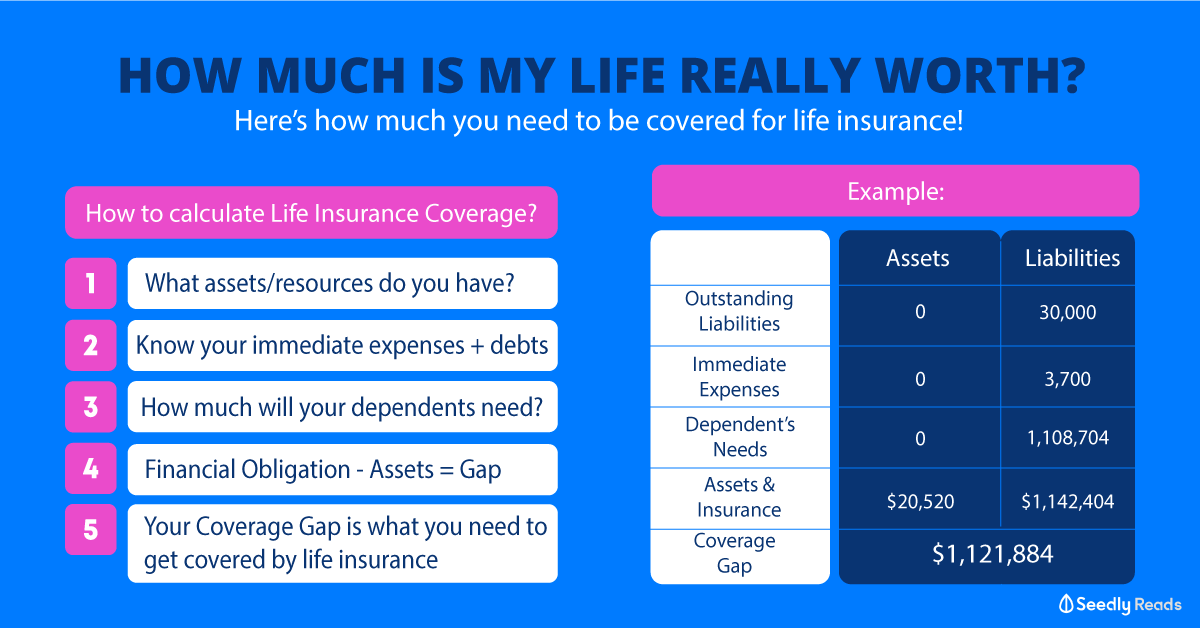Hi Chlo,
CareShield Life is a compulsory long-term care scheme administered by the Singapore government.
It was launched in October 2020 to provide lifetime cash payouts should you one day be unable to perform at least three out of six Activities of Daily Living (ADLs) and require physical assistance with these.
The ADLs are: transferring, walking or moving around, toileting, bathing, dressing and feeding or eating. Pause for a moment. These are what we do every day, from the moment we jump out of bed! We would probably accomplish all within 30 minutes of waking up – unless you are the type to skip breakfast.
Payouts start at S$600/month when you join at 30. They will increase annually until you turn 67 or when a claim is made, whichever is earlier. The rate of increase has been set at 2% per year until 2025. It will be reviewed after that. Premiums increase accordingly but are fully payable with your CPF Medisave Account.
CareShield Life is basically the next iteration of ElderShield. ElderShield was introduced in 2002 to cover those born in or before 1979. CareShield Life is an improved version in the following ways:
- Its payouts are higher, in response to rising costs in Singapore of getting appropriate care and inflation
- It covers you for a lifetime, to give your family peace of mind that you would have some financial support for as long as you live
- Its entry age is lower, to ensure that more people are covered when they are younger and less likely to have pre-existing health conditions
Aviva’s long-term care study in 2018 pegged the average cost of long-term care in Singapore at S$2,324/month.
A Lien Foundation aged-care study in 2018 found that homecare for a severely disabled person could cost as much as S$3,100/month. The median cost of staying in a voluntary welfare organisation nursing home was estimated at S$2,100/month.
My grandfather, who lived out his last years in a nursing home, ran up a bill of S$1,900 a month. This was 10 years ago, in 2010. And it was before the addition of extras such as adult diapers.
That S$600 monthly payouts may help to defray costs but are hardly sufficient in today’s context, let alone the future.
CareShield Life addresses one key shortfall of ElderShield: it provides you with a lifetime of payouts. But as these payouts are not sufficient in themselves, you will want to add a supplementary plan to make up the difference.
The premium for supplementary plans can be partly paid using Medisave, capped at S$600 a year.
So how worth it are the supplements? Clearly, the government is only willing to provide a basic level of support, leaving individuals to decide whether they want more coverage or not (a move similar to Medishield Life).
You can look at it this way. There are really only two options.
You choose not to buy the careshield life (CSL) supplement.
Life goes on. Two things happen.
- You never need the payout because you lived a long and happy life. That's great. Medisave money continues to garner interest, spilling over to SA, etc, etc.
- Something happens, and you need the payout. And that CSL payout is probably $1000/mth adjusted for inflation by the time you claim (let's say). That helps, but if that's 30 years down the road, you have to think about whether that is enough for things like nursing care, or even a maid to look after you. Financially the burden will fall on your family, as long as you need the care. And for how long, we won't really know.
You choose to buy the CSL supplement.
Again, life goes on. Two things happen.
- You never need the payout because you lived a long and happy life. That's great. You'll just have lesser spill over from MA to SA, so lesser funds for retirement, but it is unlikely to be very much lesser.
- Something happens, and you need the payout. And that CSL payout with the supplement payout is probably going to be something like $2500/mth (an extra $18K/yr) adjusted for inflation by the time you claim (let's say). That is far better than $1000/mth in the first scenario.
The risk of not buying, is just that if you have to claim, you will only have CSL to fall back on.
The risk of buying, is that if you don't claim, the premiums will just go to the insurer's risk pool to pay out to those who have to claim. That's how it works anyway.
You have to decide which you prefer.
Thus, if you ask me if it makes sense for me, I'd rather have the increased payout if I am severely disabled rather than not have it. If I never claimed, it just means I'm blessed with good health, which is also a good thing. The premiums were paid from MA and MA monies can't typically be withdrawn anyway, so it's not like I am losing out a lot. Definitely makes sense for me to upgrade (and I have done so).









Hi Chlo,
CareShield Life is a compulsory long-term care scheme administered by the Singapore government.
It was launched in October 2020 to provide lifetime cash payouts should you one day be unable to perform at least three out of six Activities of Daily Living (ADLs) and require physical assistance with these.
The ADLs are: transferring, walking or moving around, toileting, bathing, dressing and feeding or eating. Pause for a moment. These are what we do every day, from the moment we jump out of bed! We would probably accomplish all within 30 minutes of waking up – unless you are the type to skip breakfast.
Payouts start at S$600/month when you join at 30. They will increase annually until you turn 67 or when a claim is made, whichever is earlier. The rate of increase has been set at 2% per year until 2025. It will be reviewed after that. Premiums increase accordingly but are fully payable with your CPF Medisave Account.
CareShield Life is basically the next iteration of ElderShield. ElderShield was introduced in 2002 to cover those born in or before 1979. CareShield Life is an improved version in the following ways:
Aviva’s long-term care study in 2018 pegged the average cost of long-term care in Singapore at S$2,324/month.
A Lien Foundation aged-care study in 2018 found that homecare for a severely disabled person could cost as much as S$3,100/month. The median cost of staying in a voluntary welfare organisation nursing home was estimated at S$2,100/month.
My grandfather, who lived out his last years in a nursing home, ran up a bill of S$1,900 a month. This was 10 years ago, in 2010. And it was before the addition of extras such as adult diapers.
That S$600 monthly payouts may help to defray costs but are hardly sufficient in today’s context, let alone the future.
CareShield Life addresses one key shortfall of ElderShield: it provides you with a lifetime of payouts. But as these payouts are not sufficient in themselves, you will want to add a supplementary plan to make up the difference.
The premium for supplementary plans can be partly paid using Medisave, capped at S$600 a year.
So how worth it are the supplements? Clearly, the government is only willing to provide a basic level of support, leaving individuals to decide whether they want more coverage or not (a move similar to Medishield Life).
You can look at it this way. There are really only two options.
You choose not to buy the careshield life (CSL) supplement.
Life goes on. Two things happen.
You choose to buy the CSL supplement.
Again, life goes on. Two things happen.
The risk of not buying, is just that if you have to claim, you will only have CSL to fall back on.
The risk of buying, is that if you don't claim, the premiums will just go to the insurer's risk pool to pay out to those who have to claim. That's how it works anyway.
You have to decide which you prefer.
Thus, if you ask me if it makes sense for me, I'd rather have the increased payout if I am severely disabled rather than not have it. If I never claimed, it just means I'm blessed with good health, which is also a good thing. The premiums were paid from MA and MA monies can't typically be withdrawn anyway, so it's not like I am losing out a lot. Definitely makes sense for me to upgrade (and I have done so).